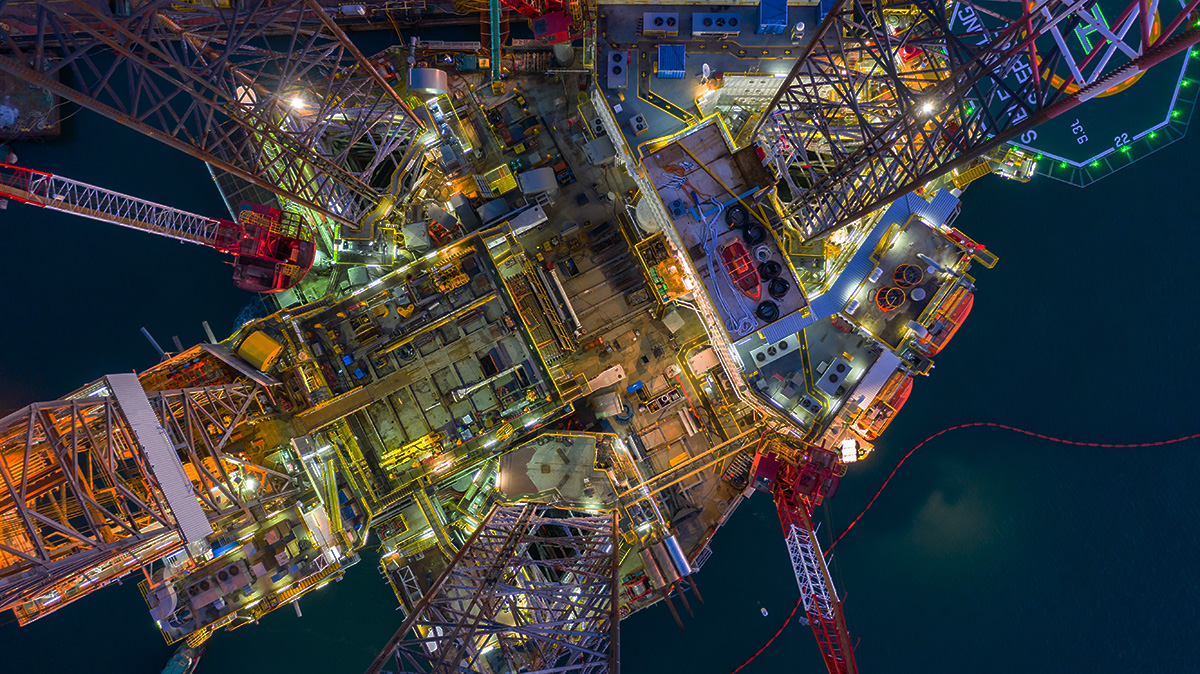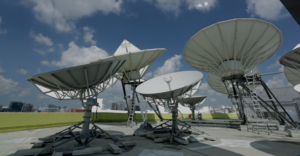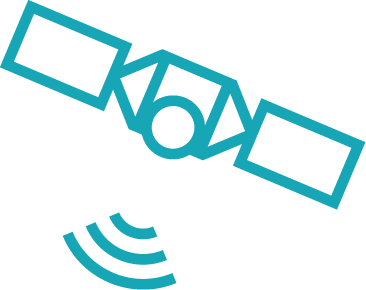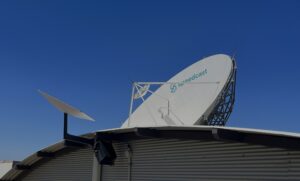Energy companies face complex challenges today. Managing the industry’s usual boom-bust cycles looks easy by comparison. Solar and wind energy have gained a cost advantage and skilled workers are in short supply. Environmental concerns are driving up costs and creating new demands, from corporate “net zero” decarbonization pledges to the capping and monitoring of thousands of orphan wells in the oilfield.
The pressure is on every oil and gas company to streamline, monitor and measure exploration, drilling, production and well end-of-life. Billions in capex are going into the Smart Oilfield: sensors and dashboards, augmented reality (AR) and virtual reality (VR), 3D visualization and design, digital twins and the cloud. And every one of them faces a key barrier: the challenge of getting reliable high-bandwidth connectivity from the wellhead to the enterprise network.
Throwing Away the Data
Today’s drilling equipment generates thousands of data points per second. Production wells are generating up to 10 terabytes of data per day per well. Refineries are home to hundreds of thousands of sensors generating more terabytes of data. And most of that data is simply being thrown away, because moving it to where it can be analyzed and drive decisions is seen as too difficult or costly.
But things are changing fast, as a recent Energy Industry Council (EIC) webinar shows. Speedcast and Amazon Web Services (AWS) experts joined EIC to discuss the future in remote connectivity for the Smart Oilfield.

LEO Plus Cloud Equals Value
Two big developments will make the difference. The first is the commercialization of low Earth orbit (LEO) by satellite operators Starlink, OneWeb and eventually Amazon Kuiper and Telesat Lightspeed. Orbiting much closer to Earth than traditional GEO satellites, they will offer high-capacity, low-latency connectivity able to fully support IoT, AR, VR, and 3D digital twinning. That will produce a step-change opportunity to reduce OPEX, enable skilled workers to service multiple sites, and tie distant operations into an operational whole.
But that happens only if LEO services fully prove their potential. Geographic coverage, performance, licensing and even the success of business models are still up in the air. Smart companies are pursuing a hybrid approach – mixing LEO and traditional connectivity offerings services, including GEO-based solutions – to achieve the committed information rates and uptime that energy companies demand.
The other development is the cloud. That’s hardly new – but serious cloud integration with satellite services is advancing by the day. And it is cloud computing that is making the most advanced data solutions affordable, agile and scalable across the enterprise.
Partnering on Solutions
Many Energy companies are working with Speedcast to integrate their capabilities with LEO technologies and cloud services, leveraging Speedcast’s global hybrid network and AWS Advanced Tier Services Partner experience. Still in its early stages, these integrations are already providing the scalable capacity and advanced tools that turn petabytes of ones and zeros into knowledge critical to operational efficiency, productivity, and profitability with quality and reliability.
Watch the on-demand version of the webinar today and learn more about the latest developments in LEO technologies and how they are poised to transform energy operations in even the most remote corners of the world.




























